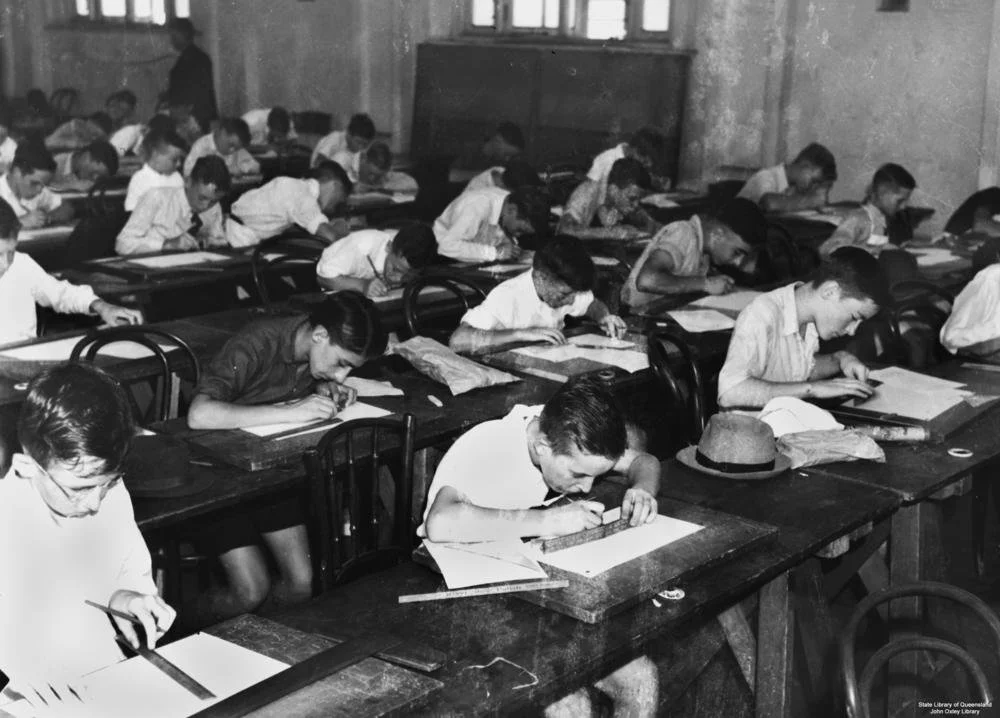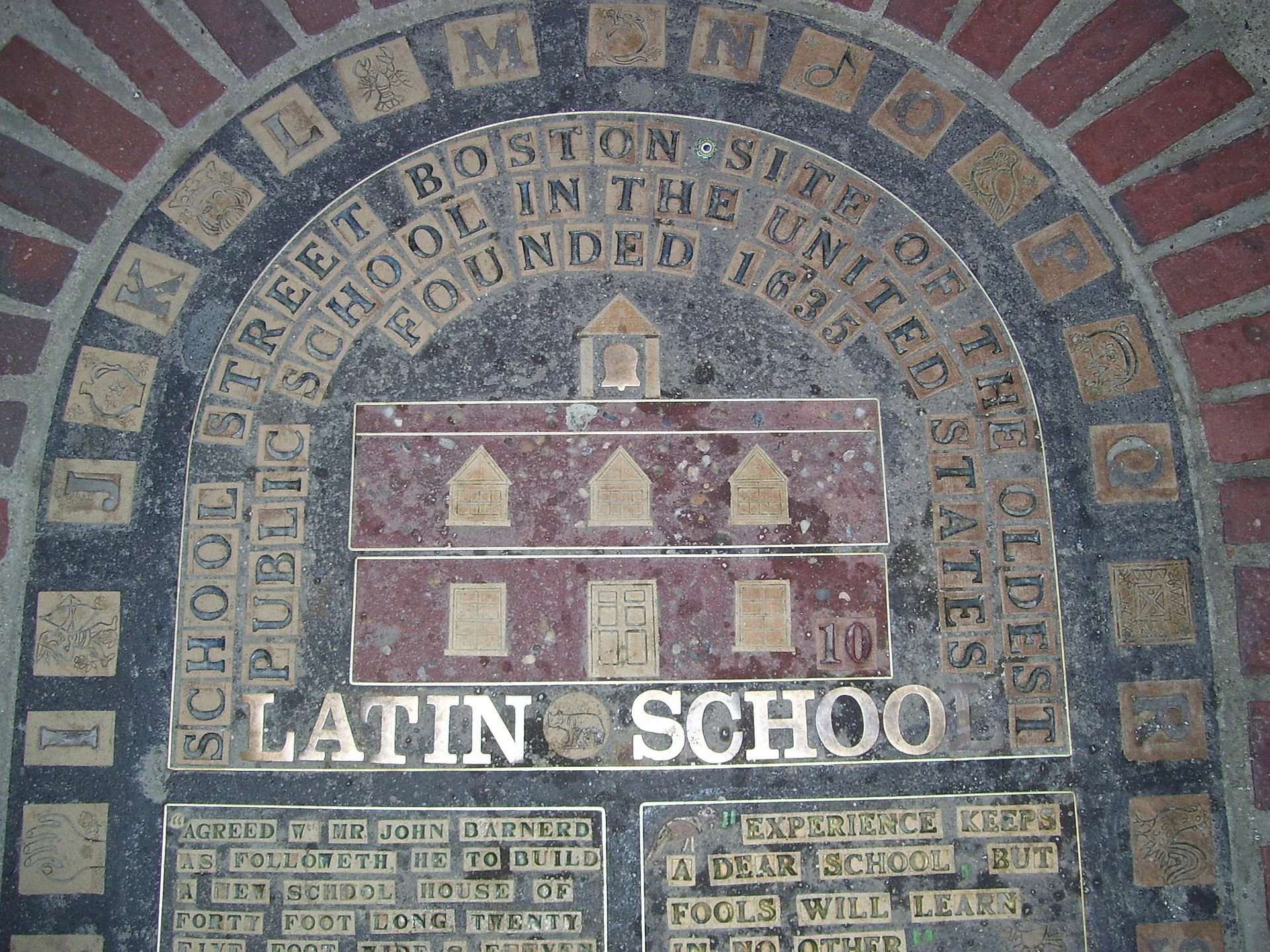
Mass. first in nation in Advanced Placement report
Edited from a report by the New England Council (newenglandcouncil.com)
“Massachusetts has once again ranked first in the nation with the highest percentage of graduating high school seniors who scored a 3 or higher on an Advanced Placement (AP) exam, according to results released by the College Board this week. Further, all six New England states rank in the top half of the nation’s AP results, with Connecticut standing out in the number four spot.
“Massachusetts Gov. Maura Healey stated that she is ‘proud of the students and educators who worked hard to make sure Massachusetts remains a leader in student participation and success.’ Governor Healey went on to say that her administration ‘is committed to expanding access to AP courses for all students to enhance the opportunities available to them and set them on a path to a successful future.’
“Across the nation, only 21.6 percent of students scored a 3 or higher on their AP exams which are needed to pass. However, in Massachusetts alone, 30.5 percent of students had a passing score on their exams. Additional information on this recent New England success can be found here.’’
Hall of the Boston Latin School on Bedford Street, 1844–1881. Boston Latin, founded in 1635, is by far the oldest public school in the United States.
Bella DeVaan, Rebekah Entralgo: Skimping on schools while squandering money on the rich
Plaque on School Street, Boston, commemorating the site of the first Boston Latin School building. Boston Latin, the city’s most prestigious high school, was founded in 1635, before there were “high schools,’’ making it by far the oldest public school in America.
Via OtherWords.org
As students have been returning to the classroom, school districts across the country are facing a historic number of teacher vacancies — an estimated 300,000, according to the National Education Association (NEA), the largest U.S. teachers union.
Some states are particularly hard hit, with approximately 2,000 empty positions in Illinois and Arizona, 3,000 in Nevada, and 9,000 in Florida.
How are political leaders responding? A number of rural Texas districts have moved to a four-day school schedule, creating major hassles for working parents. A new Arizona law will no longer require a bachelor’s degree for full-time teachers. Florida is allowing military veterans to temporarily teach without prior certification. Florida’s Broward County recruited over 100 teachers from The Philippines.
These band-aid actions ignore the root causes of the teacher crisis: low pay and burnout.
A new Economic Policy Institute report finds that teachers made 23.5 percent less than comparable college graduates in 2021. That’s the widest gap ever — despite the extraordinary challenges teachers have faced during the pandemic. The gap is even wider in some of the states with the largest teacher shortages, reaching 32 percent in Arizona, for example.
Across the country, real wages for public school teachers have essentially flatlined since 1996.
When the NEA surveyed teachers earlier this year, 55 percent reported they plan to leave the profession sooner than planned. An overwhelming 91 percent pointed to burnout as their biggest concern, with 96 percent supporting raising salaries as a means to address burnout.
Some states are getting the message: In New Mexico, lawmakers have instituted minimum teacher salary tiers based on experience — beginning at $50,000 and maintaining a $64,000 median wage. They’re also aiming to codify annual 7 percent raises so that teachers don’t lose ground to inflation.
“These raises represent the difference of being on Medicaid with your family, the difference of having to have a second or third job or doing tutoring work on the side, the difference of driving the bus during the day and having to take extra routes just to make ends meet,” said New Mexico teacher John Dyrcz in a recent interview with More Perfect Union.
In other areas, teachers are harnessing their collective bargaining power to make their demands heard. Thousands of teachers in Ohio, Washington state, Pennsylvania, and Washington, D.C., went on strike during the first weeks of the academic year.
The educators’ union in Columbus, Ohio, demands a simple, public “commitment to modern schools”: not only pay raises but also smaller class sizes, decent air conditioning, adequate funding for the arts and physical education, and caps on numbers of periods taught in a row.
Read one picketer’s sign: “You think we give up easy? Ask how long we wait to PEE!”
Meeting such demands requires public investment. And unfortunately, too many lawmakers favor lining the coffers of the wealthy instead of funding our school systems.
In 2021, the Columbus Dispatch estimates schools in the city lost out on $51 million to local real estate developers. In New York, an over $200 million reduction in school budgets has provoked public outcry in a city where luxury builders have pocketed well over $1 billion in tax breaks each year.
The Columbus teachers union soon came to a “conceptual agreement” with the city’s schools, ending their strike. Let’s hope this is a sign of a turning tide. Through a relentless pandemic, vicious censorship of curricula, and surging inequality, we cannot continue to skimp on education while squandering our resources on the wealthy.
Rebekah Entralgo (@rebekahentralgo) is the managing editor for Inequality.org. Bella DeVaan (@bdevaan) is the research and editorial assistant for Inequality.org.
Mass Insight pushes for more advanced courses
The Boston Latin School, founded in 1635 and the oldest public school in America.
From The New England Council (newenglandcouncil.com)
"Mass Insight Education & Research has released a new report calling for expanding advanced coursework at the high school level in order to better prepare college for college and career success. Mass Insight is a Boston-based nonprofit organization whose mission is to provide leadership in closing the achievement and opportunity gaps for underserved students by focusing on system transformation and student academic success.y,
The study, 'Beyond College Credit: Leveraging AP as and Effective Workforce Strategy,' was authored by Dr. Dana Ansel, and stresses the role of rigorous high school education in addressing workforce demands. The report suggests that Advanced Placement (AP) courses should be offered to more students to better prepare them for college and eventual career success, particularly in STEM-related fields. The study also suggests that such changes are necessary for Massachusetts to maintain its edge as a highly educated state with a highly skilled workforce. Mass Insight notes that it is expected that by 2020, 72 percent of jobs in the Bay State will require training beyond a high school degree, and that 94 percent of the state’s fastest growing STEM jobs will require advanced education.
'Rigorous academics should be seen as a fundamental part of the workforce strategy to prepare for the Commonwealth’s pressing talent needs. We need to tap into the potential of many more high school students – students who currently don’t have access to advanced academics such as AP courses,' said Susan F. Lusi, president and CEO of Mass Insight.''





